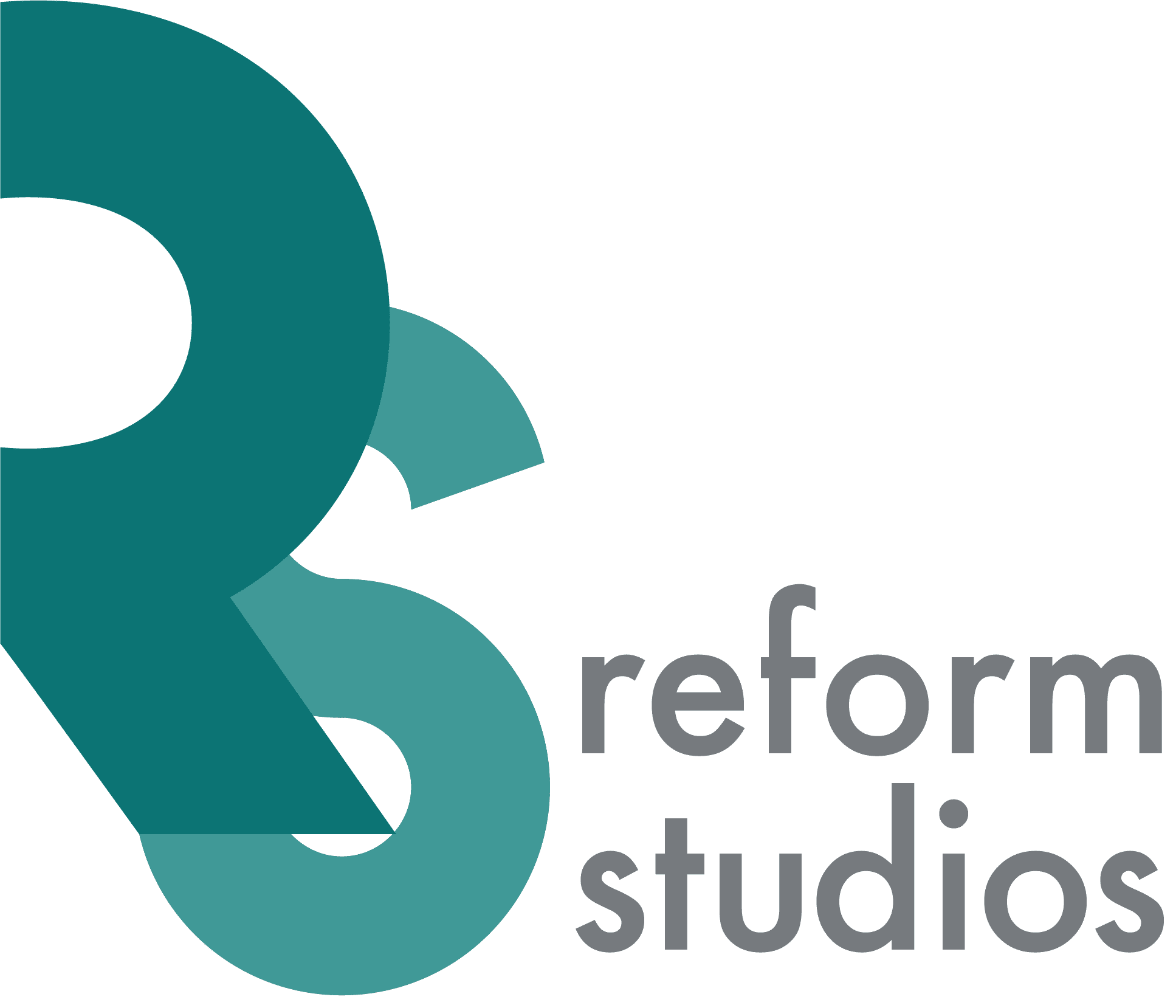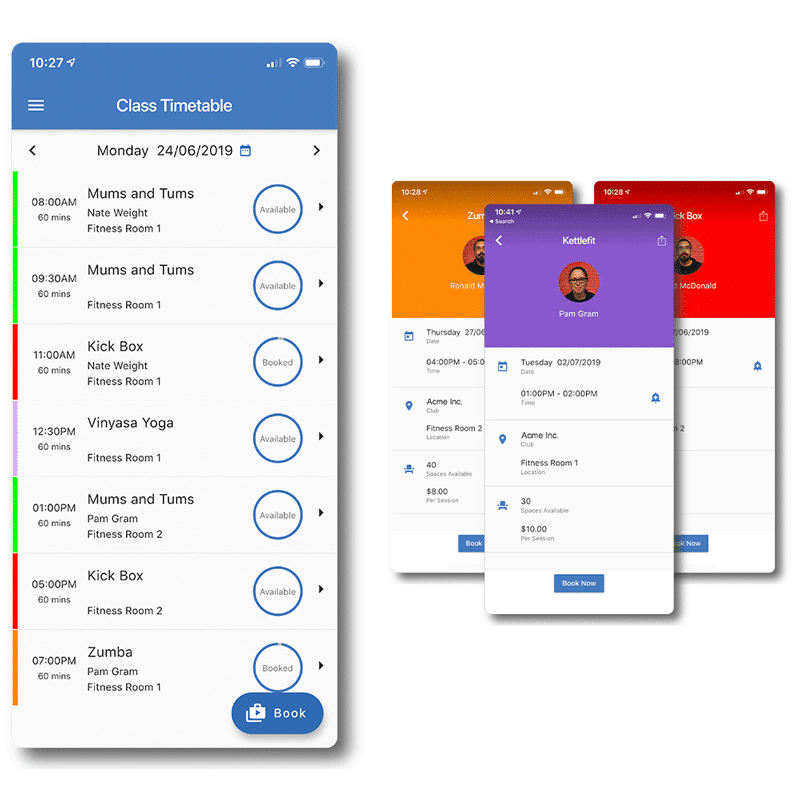

If you’re like many of our clients, you may be recovering from an injury and you’re already well down the track on your injury rehabilitation – the acute phase of your injury may be over and you’re looking toward your future. Recently, you may have started Pilates or be thinking about starting to further your injury rehabilitation process. If this is you, congratulations, you’re on the right track! But before you race off and run the risk of doing more harm than good it’s important to make sure you have all the right information and strategies in place.
It’s good to be cautious, especially when it comes to injury recovery. And physical rehabilitation can get somewhat dry and mundane. Pilates, on the other hand, helps mix it up, while continuing to aid you in making advances in strength and mobility.
But what should you be aware of while using Pilates in your injury rehabilitation? We’ve got our 6 top tips to make the most of your recovery and each Pilates class you attend.
1. Consult with Your Health Practitioner
Just because you feel ready to get back to exercise doesn’t mean that you are, or that it’s the right thing for you. It is vitally important to consult with your doctor, physiotherapist or other qualified health practitioner and receive clearance for the specific exercise you plan to undertake. Ideally your trainer or instructor will liaise with them too to get all o the relevant information and make sure that your workout programme is aligned with their recommendations. Failure to do this crucial first step can result in your injury being exacerbated and long-term damage resulting.
2. Communicate With Your Instructor
So, your instructor has consulted with your physiotherapist before you commenced your programme but as we all know your body and how it feels can change on a daily basis. Communication with your instructor is essential and this is the first thing you should do at the start of any class. Your studio should provide the time and space for you to do this – remind the instructor that you have limitations and let them know how you feel today. A good Pilates instructor will provide you with options and help you navigate your way through the class, safely and effectively. They will show compassion and understanding when it comes to you and your current condition.
3. Go at Your Own Pace
This comes down to knowing your limits. Be conscious of recommendations or advice given to you by your physiotherapist. Follow what your Pilates instructor recommends for your specific situation. And flow and move with your breath. Inhale and exhale through each and every movement. This will further help you keep each movement within your control and force you to perform them slowly. It also forces you to concentrate and focus on the movement you are performing at a given time.
4. Listen to Your Body
Is your body screaming at your in pain during a certain movement? Ease off or stop the exercise. Pain is your body telling you something is wrong or doesn’t feel right. It’s a warning sign that you’re pushing beyond your limits. Tune into what your body is telling you. You don’t want to risk further aggravation or re-injury.
5. Modify Your Workout Where Necessary
If something doesn’t feel right, again, don’t do it! But you can modify… This comes back to communicating with your Pilates instructor. Let them know if something is bothering you and ask for options. A good and competent Pilates instructor will smoothly comply, as well as show willingness in helping you through the class. Further, focus on only working within the range of motion that feels good for you. Don’t measure yourself against others. If they are going the full range but you can’t, don’t feel you have to keep up. Again, go at your own pace. Everybody is different.
6. Focus on Your Form and Technique
A reminder never hurts! This should always be the focus in your rehabilitation and in your Pilates class. Form matters. Good form makes sure you’re working the correct muscles and not causing any further injury or pain. Your instructor should help you out with this as well. And if you’re performing controlled movements, it should be easier to get your form or technique down pat.
Recover Better Than Ever Before
A Pilates class at Reform Studios is a wonderful addition to any programme of physical rehabilitation in Brisbane. Pilates helps you gain strength, rebalance your body, improve flexibility, and it increases your body awareness. Use the above tips to help guide you through your next (or even your first) Pilates class. Bounce back faster and better than you ever thought possible. Remember, we know it can be daunting, so we offer a Free Orientation including a short workout to ease you into it. Here, we will speak to you individually about any injury or limitation you may have before running through some basics and safety considerations. What better way to start your Pilates journey?
We also know that group classes, even when you’re fully recovered from an injury, can be a little overwhelming, especially at first. We have beginners classes which are popular not only for beginners, but ideal for those wanting a slower paced, more tailored approach to their Pilates class.
Sign up for your first class today.
Share This Story, Choose Your Platform!
Related Posts
Injury rehabilitation is tough. It puts your fitness goals on the backburner - and that’s okay. During injury recovery, you should focus solely on getting back to your ‘normal self’. But physical rehabilitation and Pilates go hand-in-hand. They have many similarities. In fact, most [...]
Many types of food we eat contain sugar, yet not all sugar is the same. Generally, our food and drinks contain two main types of sugar – natural sugar or refined sugar. So, let’s look at the difference between these different types of sugar. [...]



